Door-to-door shipping has revolutionized the logistics industry by offering unparalleled convenience and efficiency. Whether you are a business looking to expand your market or an individual shipping personal items, door-to-door shipping provides a seamless solution by handling everything from the pickup of goods at the origin to their delivery at the destination. This comprehensive guide will delve into the intricacies of door-to-door shipping to Italy in 2025, highlighting its benefits, processes, and key considerations to ensure a hassle-free experience.
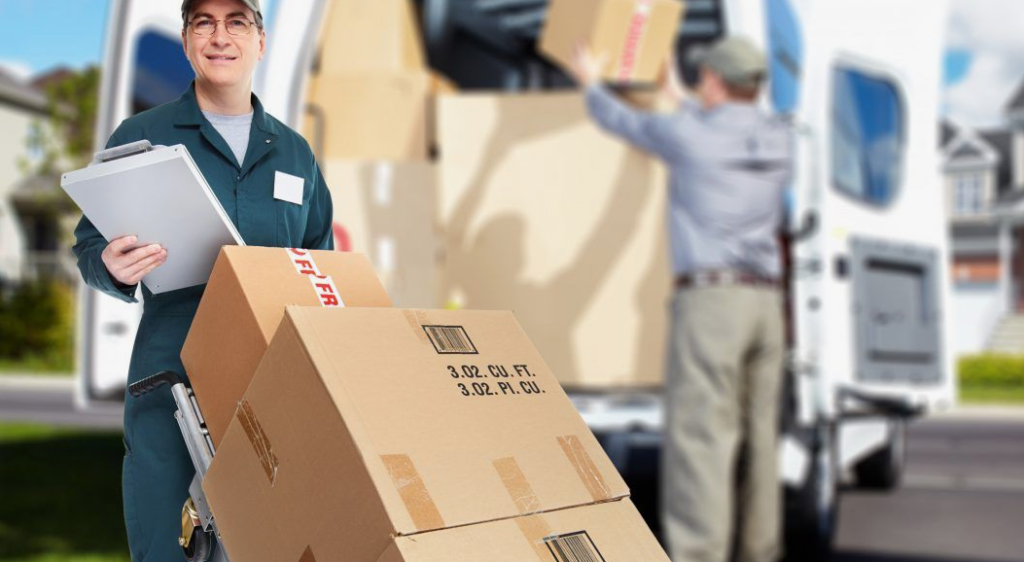
Why Choose Door-to-Door Shipping in 2025?
Latest Trends and Advancements in Door-to-Door Shipping
The year 2025 brings with it several advancements in the logistics sector, making door-to-door shipping more efficient and reliable than ever before. Innovations in tracking technology, improvements in customs clearance processes, and enhanced security measures are just a few of the advancements that make door-to-door shipping a preferred choice.
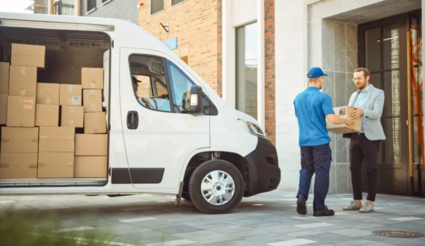
Convenience and Simplicity
One of the primary reasons to opt for door-to-door shipping is the convenience it offers. The shipper does not need to worry about multiple logistical challenges, as the entire process is managed by the logistics provider. From document preparation to transportation and delivery, every step is meticulously handled, ensuring a smooth and straightforward experience.
Time and Cost Efficiency
Door-to-door shipping is not only convenient but also time and cost-efficient. By consolidating all logistical processes, shippers can often benefit from reduced costs and faster delivery times. The logistics provider optimizes the shipping route and handles all intermediate steps, eliminating unnecessary delays and reducing the overall shipment time.
Enhanced Tracking and Security
In 2025, advancements in tracking technology allow shippers to monitor their consignments in real-time, providing greater transparency and peace of mind. Enhanced security measures ensure that goods are protected throughout the transportation process, minimizing the risk of damage or loss.
Understanding the Door-to-Door Shipping Process
Step-by-Step Breakdown of the Shipping Process
- Pickup at the Origin: The logistics provider arranges for the pickup of goods from the sender’s location. This could be a factory, warehouse, or residence.
- Documentation and Customs Clearance: All necessary documentation is prepared, and the goods undergo customs clearance at the origin. This step ensures compliance with all regulatory requirements.
- Transportation to the Port or Airport: The goods are then transported to the nearest port or airport, depending on whether ocean freight or air freight is chosen.
- International Shipping: The goods are shipped from the origin country to Italy. This involves coordination with carriers and ensuring that the shipment adheres to international shipping regulations.
- Arrival and Customs Clearance in Italy: Upon arrival in Italy, the goods undergo customs clearance. The logistics provider ensures that all duties and taxes are paid, and the shipment complies with Italian regulations.
- Transportation to the Final Destination: After clearing customs, the goods are transported to the final destination, whether it is a business location, warehouse, or residence.
- Delivery at the Destination: The shipment is delivered to the recipient’s door. The logistics provider ensures that the goods are in the same condition as they were at the origin.
Key Parties Involved in the Shipment
- Shipper: The individual or business sending the goods.
- Logistics Provider: The company responsible for managing the door-to-door shipping process, such as Dantful International Logistics.
- Carriers: Companies that transport the goods by sea, air, or land.
- Customs Agents: Professionals who handle the customs clearance process at both the origin and destination.
- Recipient: The individual or business receiving the goods.
By understanding these steps and the key parties involved, shippers can better navigate the complexities of door-to-door shipping to Italy and ensure a smooth and successful shipment process.
Read More:
- Shipping From China To Netherlands
- Shipping From China To Spain
- Shipping From China To Germany
- Shipping From China To France
- Shipping From China to Italy
- Shipping From China To Poland
- Shipping From China to United Kingdom
Shipping Options to Italy
When considering door-to-door shipping to Italy, it’s essential to understand the different shipping options available. The primary modes of transport are ocean freight and air freight, each with its own set of advantages and considerations.
Ocean Freight from China to Italy
- Cost-Effective: Ocean freight is typically more affordable than air freight, especially for large or heavy shipments. This makes it an ideal choice for businesses looking to minimize shipping costs.
- Capacity: Ships can carry a vast amount of cargo, making ocean freight suitable for bulk shipments. Shipping containers can accommodate a variety of goods, from raw materials to finished products.
- Environmental Impact: While not as swift as air freight, ocean freight has a lower carbon footprint, making it a more environmentally friendly option.
Air Freight from China to Italy
- Speed: Air freight is the fastest mode of transport, making it ideal for time-sensitive shipments. If your business requires quick delivery, air freight is the way to go.
- Security: Air freight offers higher security for valuable or perishable items, as the shorter transit time reduces the risk of damage or spoilage.
- Flexibility: Air freight services operate on a frequent schedule, providing flexibility in choosing departure and arrival times.
Comparison of Shipping Options
| Aspect | Ocean Freight | Air Freight |
|---|---|---|
| Cost | Lower | Higher |
| Speed | Slower | Faster |
| Capacity | Higher (suitable for bulk cargo) | Lower (suitable for smaller cargo) |
| Environmental Impact | Lower carbon footprint | Higher carbon footprint |
| Security | Moderate | Higher |
| Flexibility | Less frequent schedule | More frequent schedule |
By understanding these options, shippers can make an informed decision based on their specific needs, whether prioritizing cost, speed, or environmental impact.
Key Considerations for Shipping to Italy in 2025
Shipping to Italy involves navigating various regulations and requirements to ensure a smooth and compliant process. Key considerations include customs regulations, documentation, import duties, and taxes.
Customs Regulations and Documentation
Compliance with customs regulations is crucial to avoid delays or penalties. Essential documentation includes:
- Commercial Invoice: Provides details about the goods, including value, description, and quantity.
- Bill of Lading: A contract between the shipper and carrier, detailing the shipment’s terms.
- Packing List: Itemizes the contents of the shipment, facilitating customs inspection.
- Import License: Required for certain goods, ensuring they meet Italian import standards.
Customs Clearance Process
The customs clearance process involves several steps:
- Document Submission: All necessary documents are submitted to Italian customs authorities.
- Inspection: Customs officials may inspect the goods to verify compliance with regulations.
- Duties and Taxes Assessment: Import duties and taxes are calculated based on the shipment’s value and nature of goods.
- Payment: The shipper or logistics provider pays the assessed duties and taxes.
- Release of Goods: Upon payment, the goods are cleared for entry into Italy.
Import Duties and Taxes
Import duties and taxes vary depending on the type of goods being shipped. Italy, as part of the European Union (EU), follows the EU’s common external tariff. It’s essential to:
- Determine the Tariff Classification: Identify the correct tariff code for the goods to calculate duties accurately.
- Understand VAT Rates: Value-Added Tax (VAT) is applicable on imports, with rates varying based on the product category.
Packaging and Labeling Requirements
Proper packaging and labeling are critical to ensure the safe and efficient transportation of goods. Adhering to best practices can prevent damage and facilitate smooth customs clearance.
Best Practices for Packaging
- Durable Materials: Use robust packaging materials that can withstand the rigors of transportation. Consider factors like weight, fragility, and environmental conditions.
- Cushioning and Protection: Employ adequate cushioning materials such as bubble wrap, foam, or packing peanuts to protect items from impact.
- Sealing: Securely seal packages to prevent tampering or accidental opening during transit.
Labeling Guidelines for International Shipments
- Clear and Accurate Labels: Ensure labels are legible and accurately reflect the contents of the package.
- Shipping Labels: Include essential information such as the recipient’s address, sender’s address, and tracking number.
- Hazardous Materials: If shipping hazardous materials, clearly mark the package with the appropriate warning labels and comply with relevant regulations.
- Barcodes and QR Codes: Utilize barcodes or QR codes for efficient tracking and handling.
By following these packaging and labeling guidelines, shippers can reduce the risk of damage and ensure that their shipments reach their destination in optimal condition.
Choosing a reliable logistics partner like Dantful International Logistics can further streamline the process, providing a seamless and hassle-free shipping experience.
Choosing the Right Logistics Partner in 2025
Selecting the right logistics partner is critical for ensuring a smooth and hassle-free door-to-door shipping experience. Given the complexities involved in international shipping, a reliable and experienced logistics provider can make a significant difference in the efficiency and success of your shipments to Italy.
Criteria for Selecting a Reliable Logistics Provider
When choosing a logistics partner, consider the following criteria:
- Experience and Expertise:
- Look for a provider with extensive experience in international shipping, particularly to Italy.
- Expertise in handling customs regulations, documentation, and import/export laws specific to Italy is crucial.
- Comprehensive Services:
- Ensure the logistics provider offers a complete range of services, including customs clearance, insurance, and warehouse services.
- The ability to handle both ocean freight and air freight enables flexibility in choosing the best shipping method.
- Reputation and Reliability:
- Check customer reviews and testimonials to gauge the provider’s reliability and customer satisfaction.
- A strong track record of timely deliveries and minimal shipment issues is essential.
- Advanced Technology:
- The use of advanced tracking and management systems can provide real-time updates and transparency throughout the shipping process.
- Look for providers that offer online tracking tools and proactive communication.
- Cost-Effectiveness:
- Competitive pricing is important, but ensure that lower costs do not come at the expense of service quality.
- Evaluate the overall value, considering factors like reliability, speed, and customer support.
Why Choose Dantful International Logistics
Dantful International Logistics stands out as a premier choice for door-to-door shipping to Italy. Here’s why:
- Extensive Experience: With years of experience in international logistics, Dantful has a deep understanding of the Italian market and regulatory landscape.
- Comprehensive Services: Dantful offers a full suite of logistics services, from customs clearance to warehouse and insurance services, ensuring a seamless shipping experience.
- Advanced Technology: Utilizing state-of-the-art tracking and management systems, Dantful provides real-time updates and maintains transparency throughout the shipping process.
- Customer-Centric Approach: Known for exceptional customer service, Dantful prioritizes customer satisfaction and strives to meet and exceed expectations with each shipment.
- Cost-Effective Solutions: By optimizing shipping routes and processes, Dantful offers competitive pricing without compromising on service quality.
Dantful International Logistics Services:
- Dantful Ocean Freight Services
- Air Freight From China
- Amazon FBA Freight Forwarding
- WAREHOUSE Services
- One-Stop Customs Clearance Solution
- Cargo Insurance Services in China
- DDP Shipping Services By Dantful Logistics
- Out of Gauge Cargo Transportation Shipping Services
FAQs (Frequently Asked Questions)
Q1: What is door-to-door shipping?
A1: Door-to-door shipping is a service where the logistics provider handles the entire shipping process, from picking up goods at the origin to delivering them at the final destination. This service includes transportation, customs clearance, and delivery, simplifying the shipping process for the sender.
Q2: How long does door-to-door shipping to Italy take?
A2: The transit time for door-to-door shipping to Italy depends on the shipping method. Air freight typically takes 3-7 days, while ocean freight can take 20-30 days. Additional time may be required for customs clearance and final delivery.
Q3: What documents are required for shipping to Italy?
A3: Essential documents include a commercial invoice, bill of lading, packing list, and, if applicable, an import license. Proper documentation ensures compliance with Italian customs regulations and facilitates a smooth clearance process.
Q4: Are there any restrictions on what can be shipped to Italy?
A4: Yes, certain items may be restricted or require special permits to import into Italy. These include hazardous materials, pharmaceuticals, and specific food products. It’s important to check Italian import regulations or consult with your logistics provider for detailed information.
Q5: How are import duties and taxes calculated in Italy?
A5: Import duties and taxes are calculated based on the shipment’s value, classification, and nature of goods. Italy follows the EU’s common external tariff, and VAT is also applicable. Accurate tariff classification and documentation are crucial for determining the correct duties and taxes.
References
For more detailed information and authoritative sources, refer to the following links:
- European Union Tariff Rates
- Italian Customs Agency
- World Customs Organization (WCO)
- International Air Transport Association (IATA)
- International Maritime Organization (IMO)

Young Chiu is a seasoned logistics expert with over 15 years of experience in international freight forwarding and supply chain management. As CEO of Dantful International Logistics, Young is dedicated to providing valuable insights and practical advice to businesses navigating the complexities of global shipping.



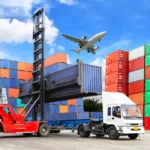




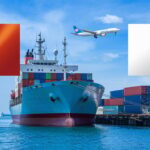

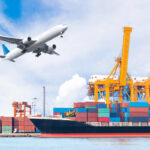
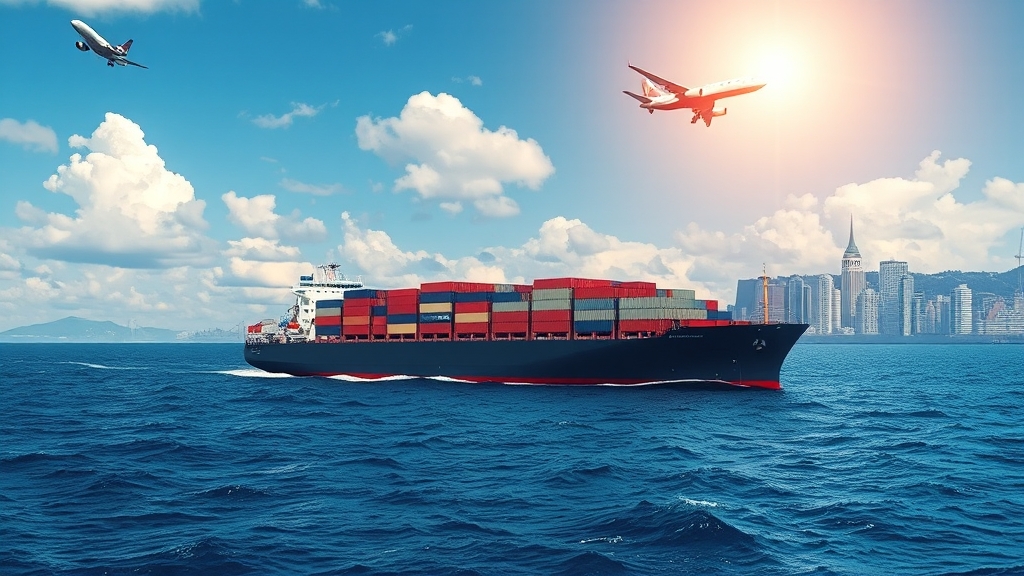

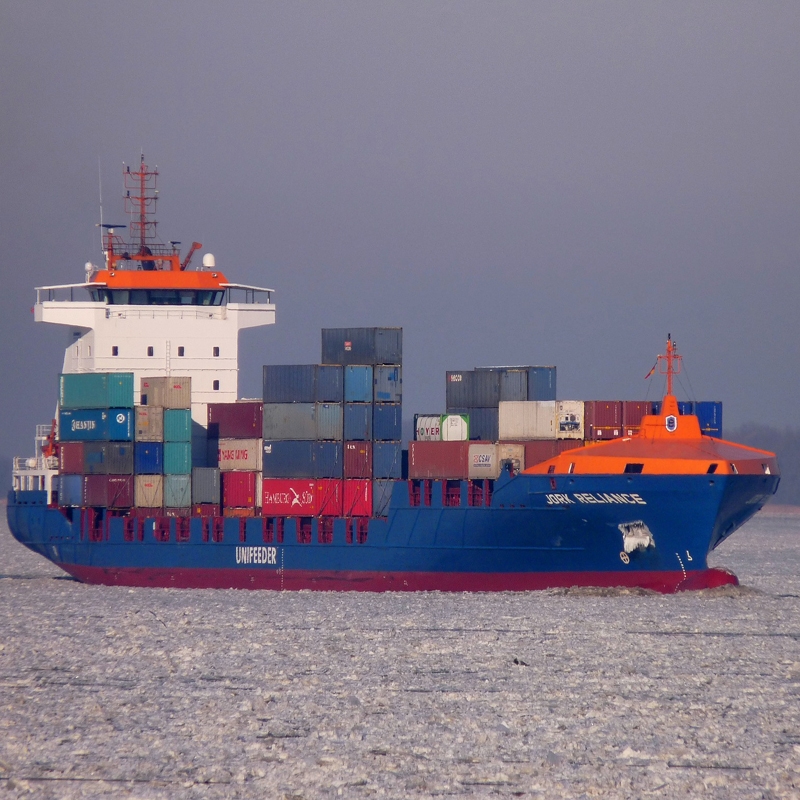
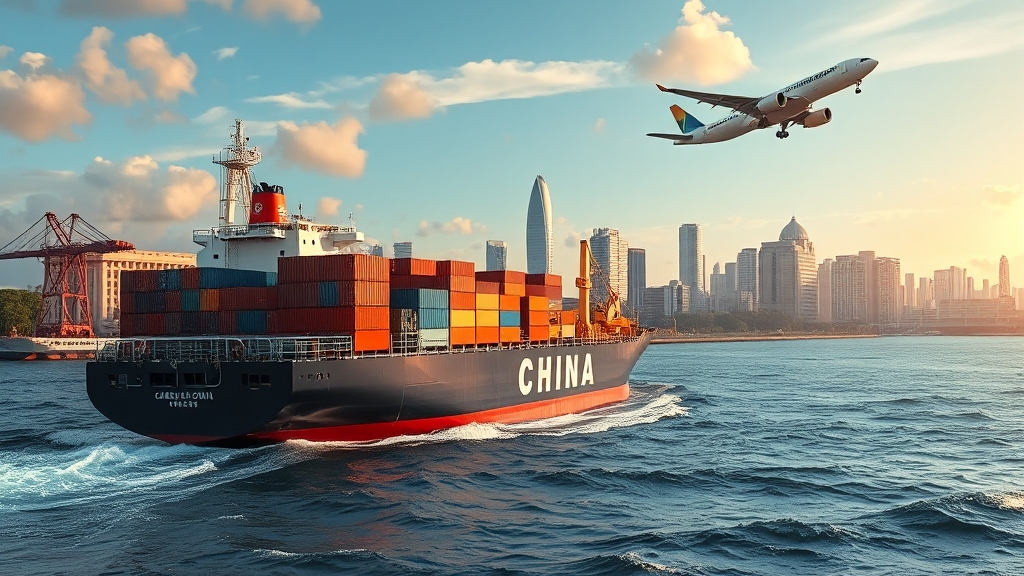
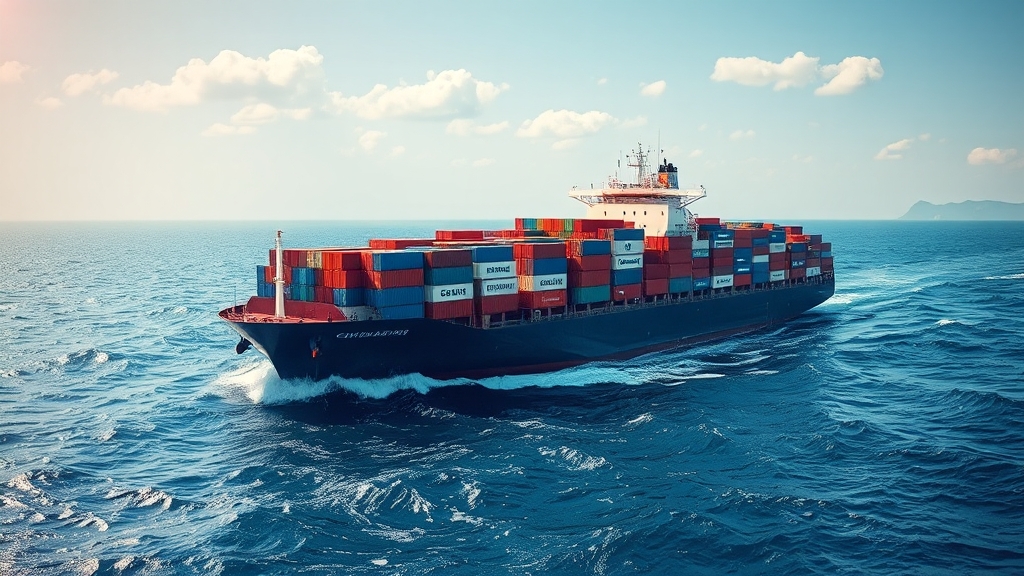





 Afrikaans
Afrikaans Shqip
Shqip አማርኛ
አማርኛ العربية
العربية Հայերեն
Հայերեն Azərbaycan dili
Azərbaycan dili Euskara
Euskara Беларуская мова
Беларуская мова বাংলা
বাংলা Bosanski
Bosanski Български
Български Català
Català Cebuano
Cebuano Chichewa
Chichewa 简体中文
简体中文 繁體中文
繁體中文 Corsu
Corsu Hrvatski
Hrvatski Čeština
Čeština Dansk
Dansk Nederlands
Nederlands English
English Esperanto
Esperanto Eesti
Eesti Filipino
Filipino Suomi
Suomi Français
Français Galego
Galego ქართული
ქართული Deutsch
Deutsch Ελληνικά
Ελληνικά Kreyol ayisyen
Kreyol ayisyen Harshen Hausa
Harshen Hausa Ōlelo Hawaiʻi
Ōlelo Hawaiʻi עִבְרִית
עִבְרִית हिन्दी
हिन्दी Hmong
Hmong Magyar
Magyar Íslenska
Íslenska Igbo
Igbo Bahasa Indonesia
Bahasa Indonesia Gaeilge
Gaeilge Italiano
Italiano 日本語
日本語 Basa Jawa
Basa Jawa ಕನ್ನಡ
ಕನ್ನಡ Қазақ тілі
Қазақ тілі ភាសាខ្មែរ
ភាសាខ្មែរ 한국어
한국어 كوردی
كوردی Кыргызча
Кыргызча ພາສາລາວ
ພາສາລາວ Latin
Latin Latviešu valoda
Latviešu valoda Lietuvių kalba
Lietuvių kalba Lëtzebuergesch
Lëtzebuergesch Македонски јазик
Македонски јазик Malagasy
Malagasy Bahasa Melayu
Bahasa Melayu മലയാളം
മലയാളം Maltese
Maltese Te Reo Māori
Te Reo Māori मराठी
मराठी Монгол
Монгол ဗမာစာ
ဗမာစာ नेपाली
नेपाली Norsk bokmål
Norsk bokmål پښتو
پښتو فارسی
فارسی Polski
Polski Português
Português ਪੰਜਾਬੀ
ਪੰਜਾਬੀ Română
Română Русский
Русский Samoan
Samoan Gàidhlig
Gàidhlig Српски језик
Српски језик Sesotho
Sesotho Shona
Shona سنڌي
سنڌي සිංහල
සිංහල Slovenčina
Slovenčina Slovenščina
Slovenščina Afsoomaali
Afsoomaali Español
Español Basa Sunda
Basa Sunda Kiswahili
Kiswahili Svenska
Svenska Тоҷикӣ
Тоҷикӣ தமிழ்
தமிழ் తెలుగు
తెలుగు ไทย
ไทย Türkçe
Türkçe Українська
Українська اردو
اردو O‘zbekcha
O‘zbekcha Tiếng Việt
Tiếng Việt Cymraeg
Cymraeg יידיש
יידיש Yorùbá
Yorùbá Zulu
Zulu